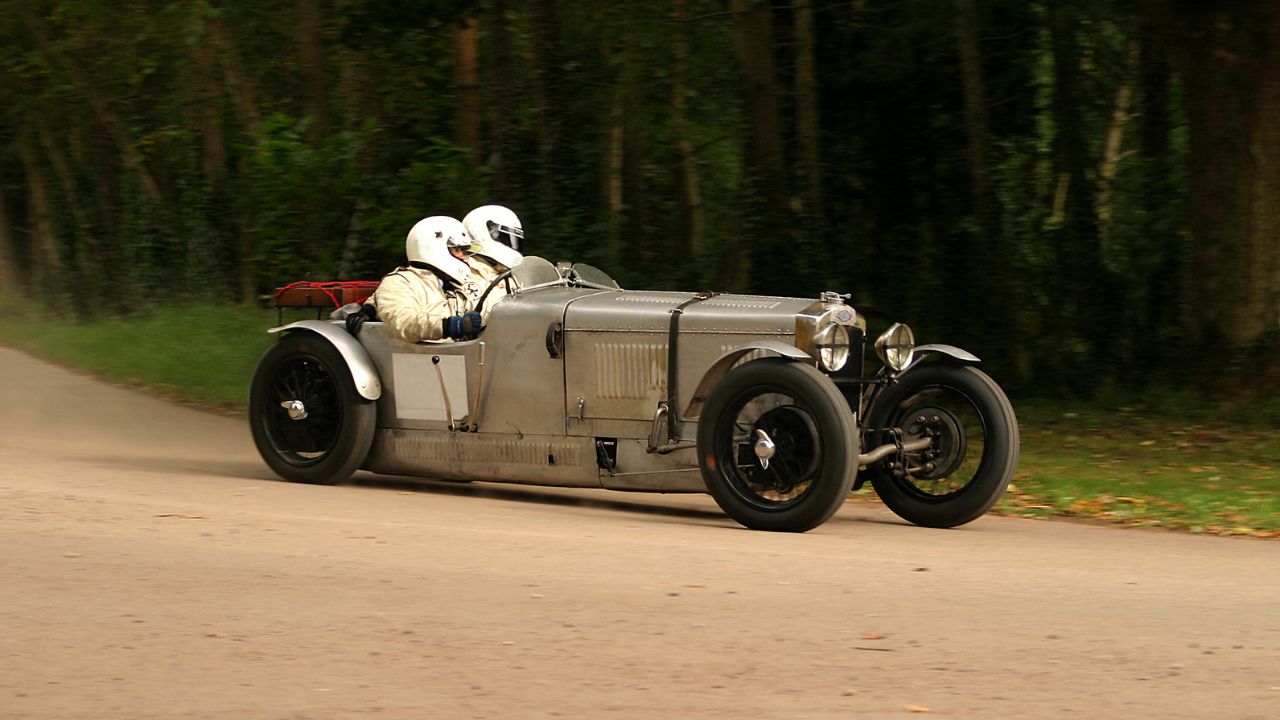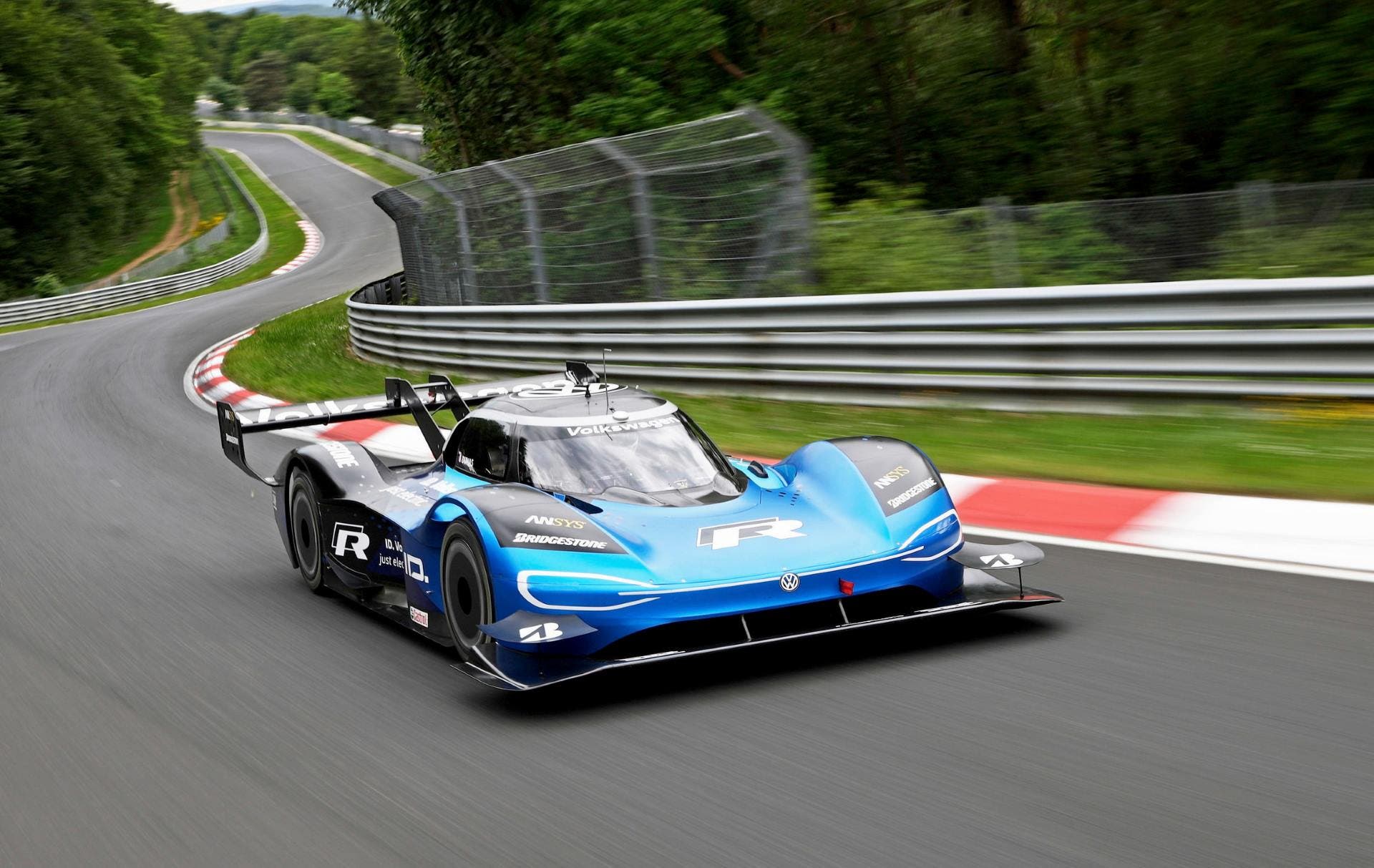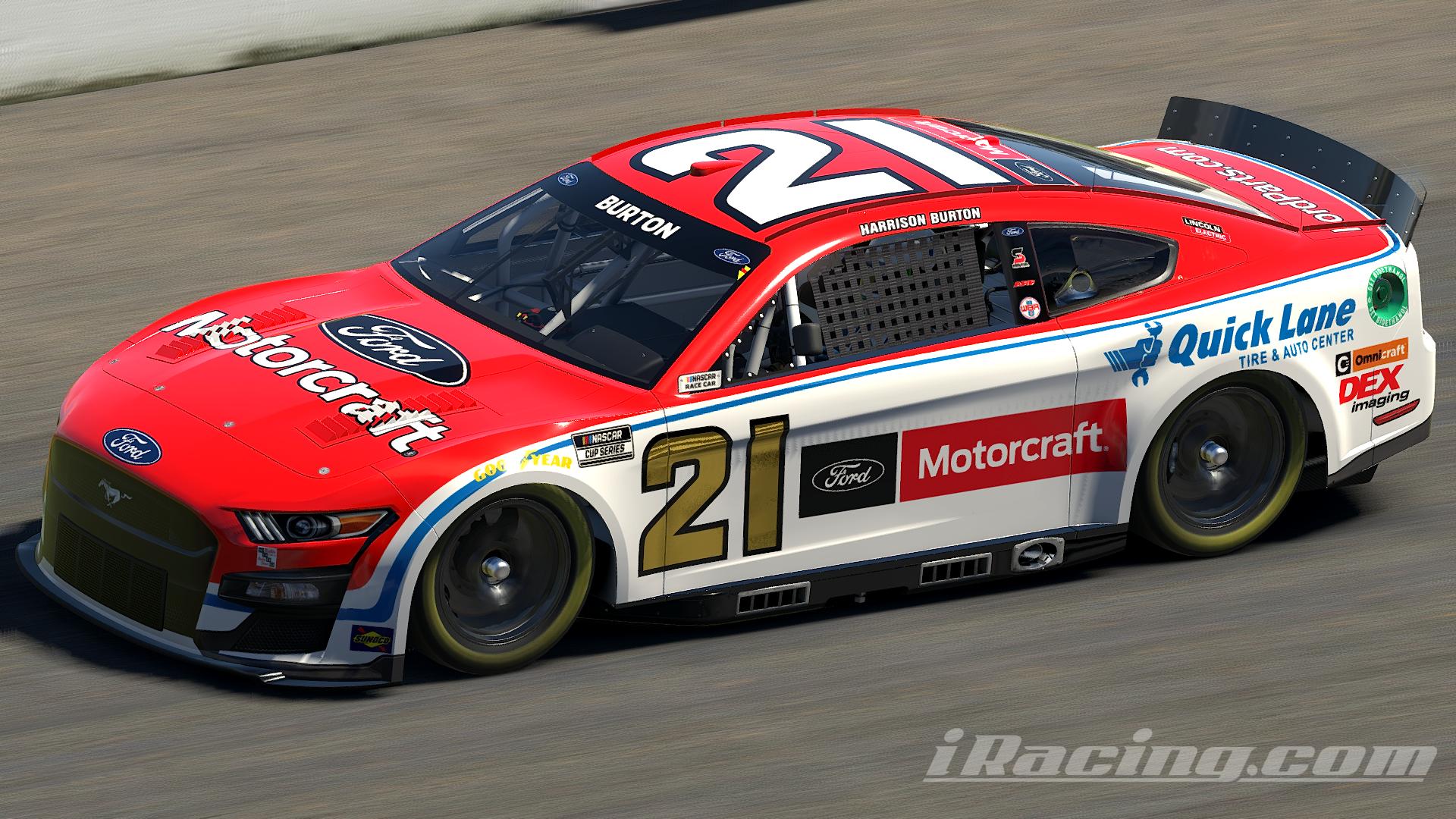
If you are interested to learn more about NASCAR history, you have come to the right spot. You will find information here about the Daytona 500. The speedways of the 1960s, 1970s, riots following World War II, and Inauguration Day of the Indianapolis Motor Speedway. For any further information about NASCAR, please contact us. We'd love to tell you more about this sport.
Daytona 500 race history
The history of the Daytona 500 race is fascinating. It is one of the oldest races around the globe and has a long history with successful drivers. Although the race started out as a sprint race, it has grown to be a stock car race. Darrell Wallace and Richard Childress were the only drivers who won the race from the pole in the early 1960s. Many different drivers have won the Daytona 500 pole position.
Speedways in 1960s and 1970s
Speedways' housing stock in the 1960s & 1970s was much smaller and less expensive than the average suburban home. A typical two-bedroom, wood-frame house is priced at eighty thousand US dollars. Apartment complexes start at four million. Although Speedways once provided significant housing revenue, most residents now blame the rising cost of rent or housing for their decline.

Stock car racing riots after World War II
The United States entered World War II. Tensions between white and black communities began to escalate. A large number skilled workers were created in the postwar economy. This led to a vibrant middle class that could afford higher-end cars. Television news reporters were able to capture some of the first riots. The UAW called on patriotism as a rallying point, and it used racial animosity to justify its repression of the black community.
Inauguration at Indianapolis Motor Speedway
The Indianapolis Motor Speedway officially opened on the 1st of May 1910. Race teams were allowed to practice during daylight hours at no cost. Local teams were most benefited by this policy, later known as the "Month of June." Many foreign teams arrived later. The speedway was soon the main hub for international and national racing. It has hosted major events since. Although some fans and drivers criticized the policy it was still popular.
First nascar series race in South Carolina
The Southern 500 NASCAR series race was the first to take place in South Carolina. The Cook Out Southern 500 is the official name for sponsorship purposes. The Darlington Raceway is the venue for this event in Darlington, South Carolina. Each year, the race is celebrated with rich history. The race is full of great memories. For any race fan, it's a must see.
Origin of the Cup Series
The Cup series in NASCAR is one of the premier automobile racing series in the world. The cars compete in a series which follows a front-engine, rear-wheel drive, space frame chassis and a race. The cars are constructed of 24-gauge sheet metal, feature a closed cockpit, fenders, and a rear spoiler. The cars have strict regulations and use spartan electronics.

Evolution of Craftsman Truck Series
Sears Craftsman is the sponsor of NASCAR's Craftsman Truck Series. It was established in 1995. Craftsman has many rights in NASCAR through this sponsorship. Craftsman Truck Series is a national series that NASCAR has three. This includes the right of running races in 25 point events. Races are held at 22 tracks in 18 states.
FAQ
What type of cars are used in racing cars and why?
The most important thing for any race car driver is speed. It's what makes them go fast. They must be fast enough that they catch up to other drivers and strong enough to maintain the lead. This gives them an advantage as they can catch up to other racers at high speeds and then pull away again from them when they're not looking.
The fastest cars are often very light. This allows them to accelerate quickly and gain a lot of speed. However, they also have less power. This limits their ability to travel far in a relatively short time. Therefore, they must use energy efficiently.
Engines power most modern-day racing cars. These engines are very similar to the ones found in passenger cars. These engines run on compressed gas instead of petrol. This is because petrol isn't powerful enough to provide enough power to make a car go very fast.
Why do race car drivers wear special clothing?
Many race car driver wear very special clothing.
These clothes keep them cool while racing.
The fabric helps prevent sweat from dripping down their bodies.
It also protects the skin from being blown away by the wind.
Which country has the most car races?
USA - There are more than 100 countries that hold car races. USA hosts the largest number of car races, with more than 300 each year.
What speed can a race car accelerate in a straight line?
A race car's acceleration rate varies depending on its weight.
For example, a lighter car will accelerate more quickly than one that is heavier.
Statistics
- According to FormulaMoney, the design, development, and construction of chassis and engines can cost teams as much as $255 million annually. (businessinsider.com)
- Acceleration is a little gentler (relatively speaking) too, with 0-100km/h taking an estimated 3.1 seconds and 0-200km/h covered in 7.8 seconds. (autosport.com)
- Forget the 200-mph battles of the late 1980s; no one, not even McLaren itself, predicted the inimitable F1 would go as fast as it did. (motortrend.com)
- Petty has won 200 NASCAR Cup Series races, a likely unbreakable record, along with a series record seven Cup championships. (frontstretch.com)
- This change may give an improvement of up to 29% fuel efficiency. (en.wikipedia.org)
External Links
How To
How to turn fast
During a race, you want to get your car out of the way of others so you can go faster. This means that you must turn before everyone else. If you do this correctly, everyone behind you will have to brake too. They won't be able to see what's ahead of them. You will also avoid being in an accident with cars coming from all directions. So, how can you turn quickly?
First, understand where you are going. You will likely be surprised at where you end up. That's why you need to plan carefully. It's important to create a map showing where you're going at all times. It might seem like a lot of work, but if you've got a good idea of where you're trying to go, it will save you lots of headaches later.
Next, you should figure out when you're going to start turning. The best place to begin is right after you pass the first corner. Once you have completed the first corner, your starting point will be known. You now need to choose whether you will use the inside or outside lane.
If you're planning to take the inside lane, you'll want to wait until there's no traffic in front of you. If you do this, you will be able to move quickly and without fear of hitting someone. But once you enter the inside lane, you must stay in it. Don't let yourself drift back into the outside lane. If you do so, you may hit someone moving slowly. Remember that crossing the line between the lanes can cause you to lose control of the vehicle, making it more vulnerable to accidents.
Once you have determined which lane to use, choose a point to turn. There are many ways to approach this problem. Some people prefer to find a gap in the traffic. Others will look for a clear opening on the road. Others look for the point where the road curves around hills or mountains. Whatever method you choose, remember that you need to be careful not to block the entire road. Traffic jams can be caused by blocking the entire road.
After you have picked the spot you want to turn on, you should decide whether you will make a sharp or gradual left. A sharp turn is easier than a gradual one. However, it requires more effort and takes longer to complete. This makes it harder for you to steer your car properly. This is why most drivers prefer gradual turns.
You must accelerate slowly enough to avoid hitting the car in front. Accelerating too fast will cause you crash into its bumper. If you accelerate too slowly, you will run off of the road. In either case, you'll lose control of your car and crash. To avoid this scenario, you need to accelerate gradually. You should start slowly and increase your acceleration as you get closer to the edge.
Once you're done cornering, slow down immediately. This is especially true when driving in heavy traffic. You risk running over someone else.